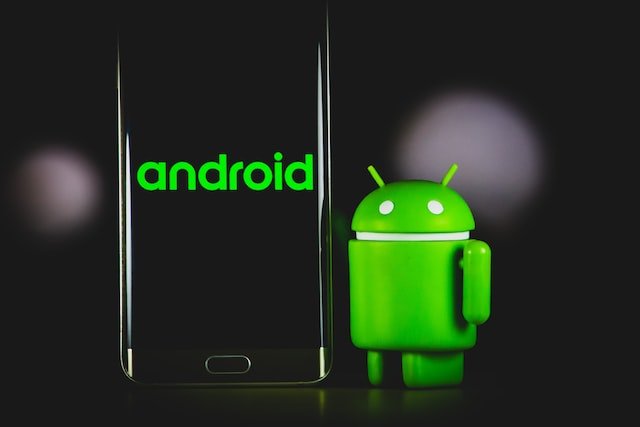Building an Android App for Wearables

Wearable technology has gained much popularity in recent years, and the market for it is continuously growing.
As a result, developing an Android app for wearables has become an essential aspect of mobile app development which is why companies are actively looking to hire remote developers to create such apps.
However, building an app for wearables requires a different approach than building one for smartphones. Therefore, this blog will discuss the best practices and techniques for building an Android app for wearables.
Best Practices
Understand the Platform
Before developing a wearable app, it’s crucial to understand the platform you’re targeting. Wearable devices have smaller screens and limited processing power, so the app should be optimized for these devices. In addition, it would be best to consider the wearable device’s different sensors and how to utilize them in your app.
Keep it Simple
Wearable apps should have a simple and intuitive interface that allows users to accomplish tasks quickly. The design should be minimalistic, focusing on the most important information. The app should provide users with value and leave them with manageable features.
Use Voice Commands
Voice commands are an essential feature in wearable apps. Users can quickly and easily interact with the app without taking their phone out of their pocket. Voice commands can also provide users with notifications, reminders, and other useful information.
Optimize Battery Life
Wearable devices have limited battery life, so optimizing the app for power efficiency is essential. The app should only run in the background or use a little processing power. The app should only use the necessary sensors and services when needed.
Utilize the Cloud
Wearable devices have limited storage capacity, so storing data in the cloud is a good practice. This approach also allows the user to access the data from multiple devices.
Test on Real Devices
Testing on real devices is crucial for a wearable app. The app should be tested on different devices to ensure compatibility and usability. The app should also be tested in different scenarios, such as low connectivity, to ensure it can function in any situation.
Techniques
Utilize Gestures
Wearable devices often have gesture controls, such as swipe or tap gestures. These can be used in the app to provide a more natural and intuitive user experience. For example, gestures can navigate the app, trigger actions, or display information.
Make Use of Sensors
Wearable devices have various sensors, such as accelerometers, gyroscopes, and heart rate monitors. These sensors can track user activity, measure fitness metrics, or provide health-related information. Integrating sensor data into the app can provide a more personalized and engaging user experience.
Provide Offline Functionality
Wearable devices are often used with limited connectivity, such as during exercise or outdoor activities. Providing offline functionality in the app can ensure that users can still use it and access their data even when not connected to the internet.
Design for Different Screen Sizes
Wearable devices come in different screen sizes, so it’s important to design the app to work well on all of them. In addition, the app should be able to adapt to different screen sizes without sacrificing usability or functionality.
Conclusion
Building an Android app for wearables requires a different approach than building one for smartphones. Understanding the platform, keeping the design simple, using voice commands, optimizing battery life, utilizing the cloud, and testing on real devices is important.
If you aim to Hire Android App Developer to create a unique wearable app, then Aspired can make hiring easier. As a remote staffing agency, we provide tech companies with remote development personnel with expertise in the latest development trends and technologies. As a result, companies can leverage Aspired’s pool of resources to get the best fit for their organizational objectives.




